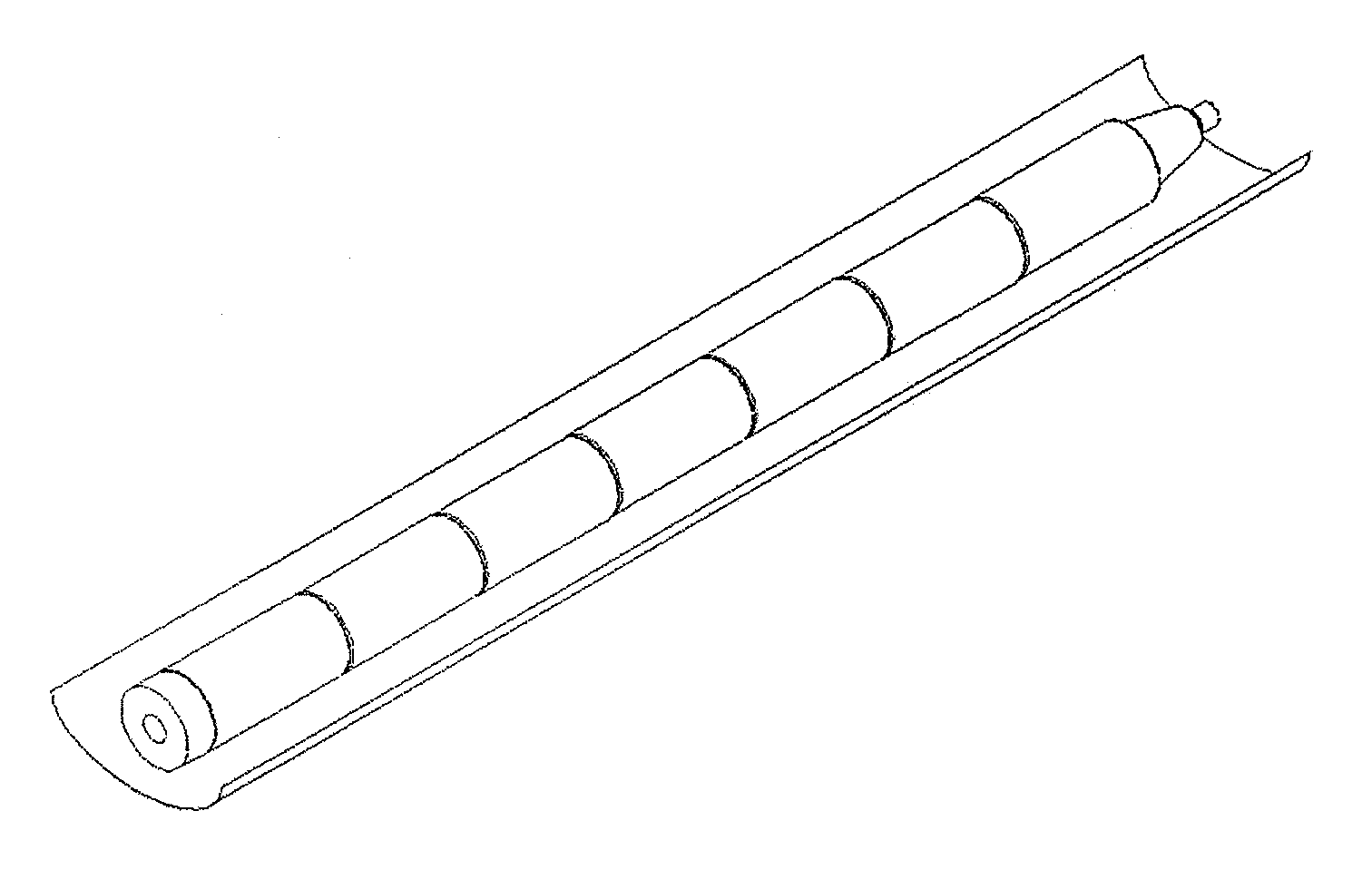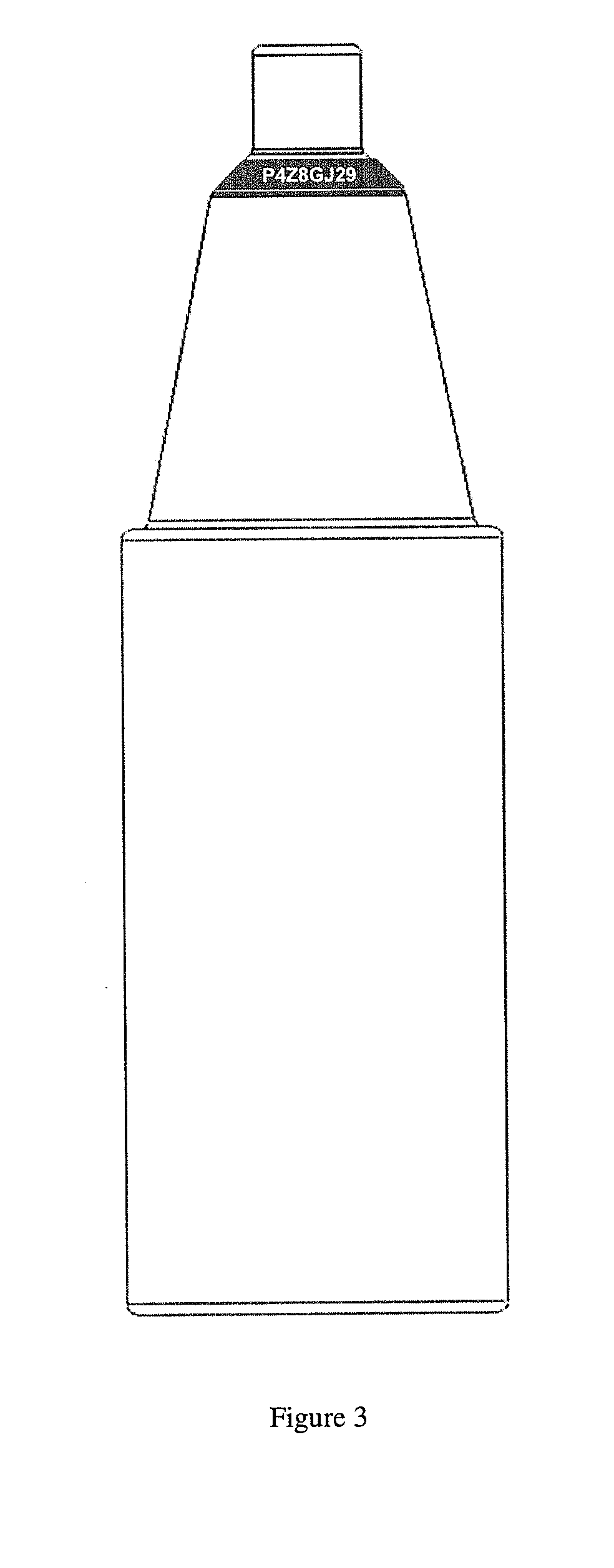Method and apparatus for solar-based water disinfection
a technology of solar energy and disinfection method, applied in the field of solar energy disinfection, can solve the problems of no effective way to positively validate the water contained in the bottle, no appropriate feedback mechanism, safety/security seal, or quality control of any kind, and achieve the effect of overcoming risks and uncertainties and no additional long-term health risks
- Summary
- Abstract
- Description
- Claims
- Application Information
AI Technical Summary
Benefits of technology
Problems solved by technology
Method used
Image
Examples
Embodiment Construction
[0040]FIG. 1 illustrates a conventional plastic bottle left to sun exposure in the prior art of the existing SODIS method. While the method has been proven effective if the criteria of certain conditions are met, a user has no immediate feedback or readily-available practical reliable means to know whether the water thus contained is free of pathogens and safe for drinking.
[0041]FIG. 2 illustrates the existing art of a Water Pasteurization Indicator. Again, there is no fail-safe methodology for insuring that the water thus contained is free of pathogens and safe for drinking. For example, the unit indicates only that at one time some certain minimum temperature was met. There is no fail-safe indication of seal integrity, or if microbes have since been introduced via ambient exposure or by means of the string that exits the bottle.
[0042]FIG. 3 illustrates an example of a single fail-safe SODIS container with fail-safe security seal located around the base of the cap. This modular bot...
PUM
| Property | Measurement | Unit |
|---|---|---|
| Nanoscale particle size | aaaaa | aaaaa |
| Nanoscale particle size | aaaaa | aaaaa |
| Color | aaaaa | aaaaa |
Abstract
Description
Claims
Application Information
 Login to View More
Login to View More - R&D
- Intellectual Property
- Life Sciences
- Materials
- Tech Scout
- Unparalleled Data Quality
- Higher Quality Content
- 60% Fewer Hallucinations
Browse by: Latest US Patents, China's latest patents, Technical Efficacy Thesaurus, Application Domain, Technology Topic, Popular Technical Reports.
© 2025 PatSnap. All rights reserved.Legal|Privacy policy|Modern Slavery Act Transparency Statement|Sitemap|About US| Contact US: help@patsnap.com



